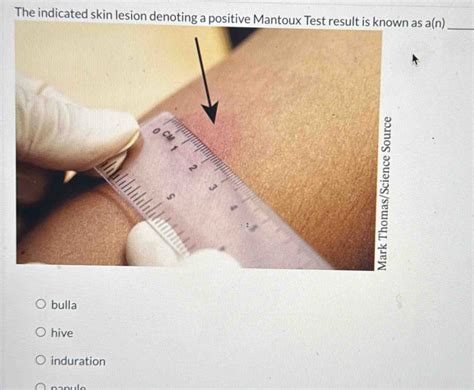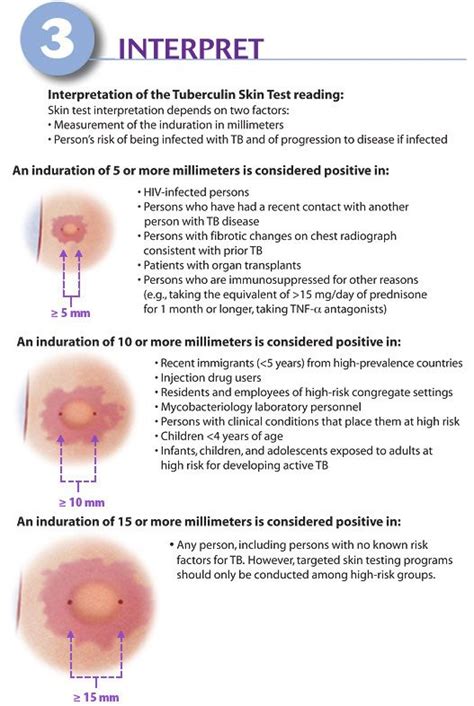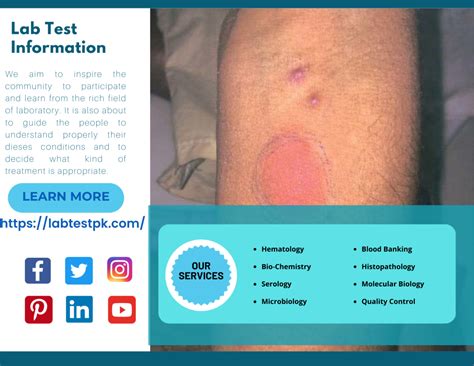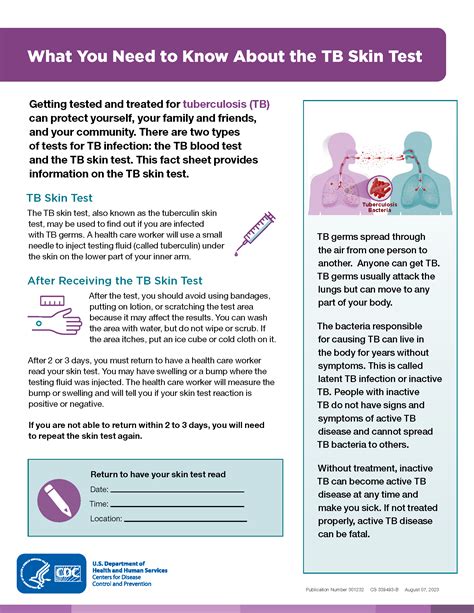Intro
Learn 5 ways to accurately read a Mantoux test, including measuring induration, interpreting results, and understanding tuberculin skin test reactions, to effectively diagnose tuberculosis and track treatment progress.
The Mantoux test, also known as the tuberculin skin test, is a widely used method to diagnose tuberculosis (TB) infection. It involves injecting a small amount of tuberculin into the skin and measuring the reaction after 48-72 hours. The test is crucial in identifying individuals who have been infected with TB, especially in high-risk populations. In this article, we will delve into the importance of the Mantoux test, its working mechanism, and the different ways to read the test results.
The Mantoux test has been a cornerstone in TB diagnosis for decades, and its accuracy depends on various factors, including the skill of the person administering the test and the individual's immune response. The test is essential in detecting latent TB infection, which can progress to active TB disease if left untreated. Moreover, the Mantoux test is used to screen individuals who have been exposed to TB, such as healthcare workers, family members of TB patients, and people living in areas with high TB prevalence.
The working mechanism of the Mantoux test involves the body's immune response to the tuberculin injection. When an individual is infected with TB, their immune system recognizes the tuberculin as a foreign substance and mounts a response, leading to inflammation and swelling at the injection site. The size of the induration (swelling) is measured in millimeters, and the results are interpreted based on the individual's risk factors and medical history. The test is relatively simple and non-invasive, making it an ideal screening tool for TB infection.
Understanding the Mantoux Test Results

To accurately read the Mantoux test results, healthcare professionals must consider various factors, including the size of the induration, the individual's medical history, and their risk factors for TB. The test results are typically classified into three categories: positive, negative, and borderline. A positive result indicates that the individual has been infected with TB, while a negative result suggests that they have not been infected. A borderline result, on the other hand, requires further evaluation and may involve repeating the test or using additional diagnostic tools.
Factors Affecting Mantoux Test Results
Several factors can affect the accuracy of the Mantoux test results, including the individual's immune status, previous BCG vaccination, and the presence of other medical conditions. For example, individuals with weakened immune systems, such as those with HIV/AIDS or taking immunosuppressive medications, may not respond to the tuberculin injection, leading to false-negative results. Similarly, individuals who have received BCG vaccination may have a positive reaction to the Mantoux test, even if they are not infected with TB.5 Ways to Read Mantoux Test

Reading the Mantoux test results requires careful consideration of various factors, including the size of the induration, the individual's medical history, and their risk factors for TB. Here are five ways to read the Mantoux test:
- Measuring the Induration: The size of the induration is the primary factor in determining the test results. The induration is measured in millimeters, and the results are classified as follows:
- 0-4 mm: Negative result
- 5-9 mm: Borderline result
- 10 mm or more: Positive result
- Assessing the Individual's Risk Factors: The individual's risk factors for TB, such as their medical history, exposure to TB, and socioeconomic status, must be taken into account when interpreting the test results.
- Evaluating the Individual's Medical History: The individual's medical history, including any previous TB infections or treatments, must be considered when interpreting the test results.
- Using Additional Diagnostic Tools: In some cases, additional diagnostic tools, such as chest X-rays or sputum tests, may be used to confirm the diagnosis of TB.
- Considering the Results in the Context of the Individual's Clinical Presentation: The test results must be considered in the context of the individual's clinical presentation, including their symptoms, physical examination, and laboratory results.
Benefits of Accurate Mantoux Test Results
Accurate Mantoux test results are essential in identifying individuals who have been infected with TB, allowing for early treatment and prevention of active TB disease. The benefits of accurate Mantoux test results include:- Early detection and treatment of latent TB infection
- Prevention of active TB disease
- Reduction in TB transmission
- Improved public health outcomes
Common Challenges in Reading Mantoux Test Results

Reading Mantoux test results can be challenging, especially in individuals with weakened immune systems or those who have received BCG vaccination. Some common challenges include:
- False-negative results in individuals with weakened immune systems
- False-positive results in individuals who have received BCG vaccination
- Difficulty in measuring the induration accurately
- Limited availability of diagnostic tools in resource-poor settings
Solutions to Overcome Challenges in Reading Mantoux Test Results
To overcome the challenges in reading Mantoux test results, healthcare professionals can use the following solutions:- Use additional diagnostic tools, such as chest X-rays or sputum tests, to confirm the diagnosis of TB
- Consider the individual's medical history and risk factors for TB when interpreting the test results
- Use standardized protocols for measuring the induration and interpreting the test results
- Provide training and education to healthcare professionals on the proper use and interpretation of the Mantoux test
Best Practices for Reading Mantoux Test Results

To ensure accurate and reliable Mantoux test results, healthcare professionals must follow best practices, including:
- Using standardized protocols for administering and reading the test
- Providing clear instructions to individuals being tested
- Ensuring proper training and education on the use and interpretation of the test
- Maintaining accurate and complete records of test results
Future Directions in Mantoux Test Reading
The Mantoux test remains a widely used tool for diagnosing TB infection, but there is a need for improved diagnostic tools and techniques. Future directions in Mantoux test reading include:- Developing more accurate and reliable diagnostic tests
- Improving the sensitivity and specificity of the Mantoux test
- Using new technologies, such as molecular diagnostics, to improve TB diagnosis
What is the Mantoux test used for?
+The Mantoux test is used to diagnose tuberculosis (TB) infection.
How is the Mantoux test administered?
+The Mantoux test involves injecting a small amount of tuberculin into the skin and measuring the reaction after 48-72 hours.
What are the benefits of accurate Mantoux test results?
+Accurate Mantoux test results are essential in identifying individuals who have been infected with TB, allowing for early treatment and prevention of active TB disease.
What are the common challenges in reading Mantoux test results?
+Common challenges in reading Mantoux test results include false-negative results in individuals with weakened immune systems, false-positive results in individuals who have received BCG vaccination, and difficulty in measuring the induration accurately.
What are the best practices for reading Mantoux test results?
+Best practices for reading Mantoux test results include using standardized protocols for administering and reading the test, providing clear instructions to individuals being tested, and ensuring proper training and education on the use and interpretation of the test.
In conclusion, reading the Mantoux test results requires careful consideration of various factors, including the size of the induration, the individual's medical history, and their risk factors for TB. By following best practices and using standardized protocols, healthcare professionals can ensure accurate and reliable Mantoux test results, allowing for early detection and treatment of TB infection. We invite readers to share their experiences and insights on the Mantoux test and its role in TB diagnosis, and to explore further resources and information on this critical topic.
